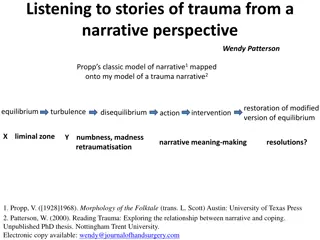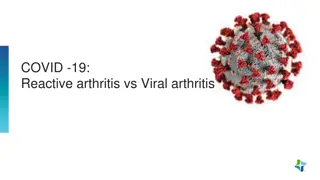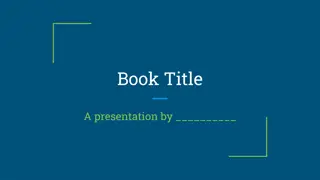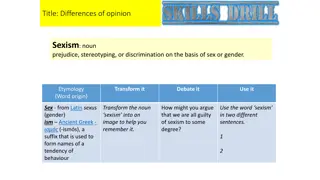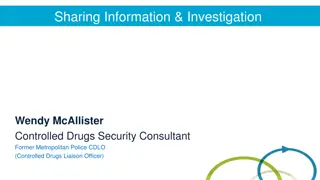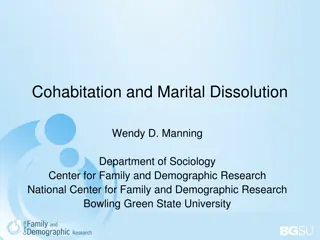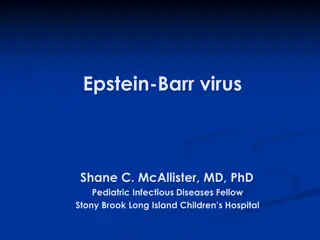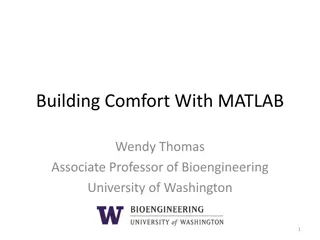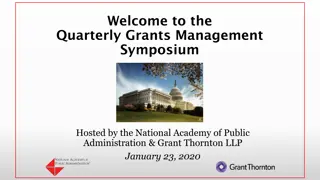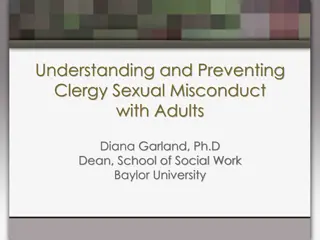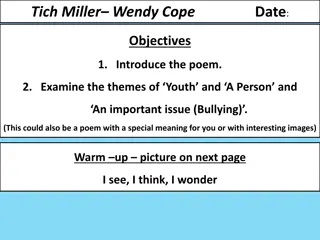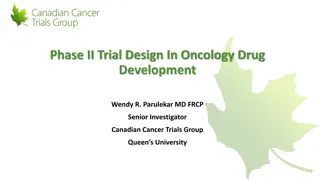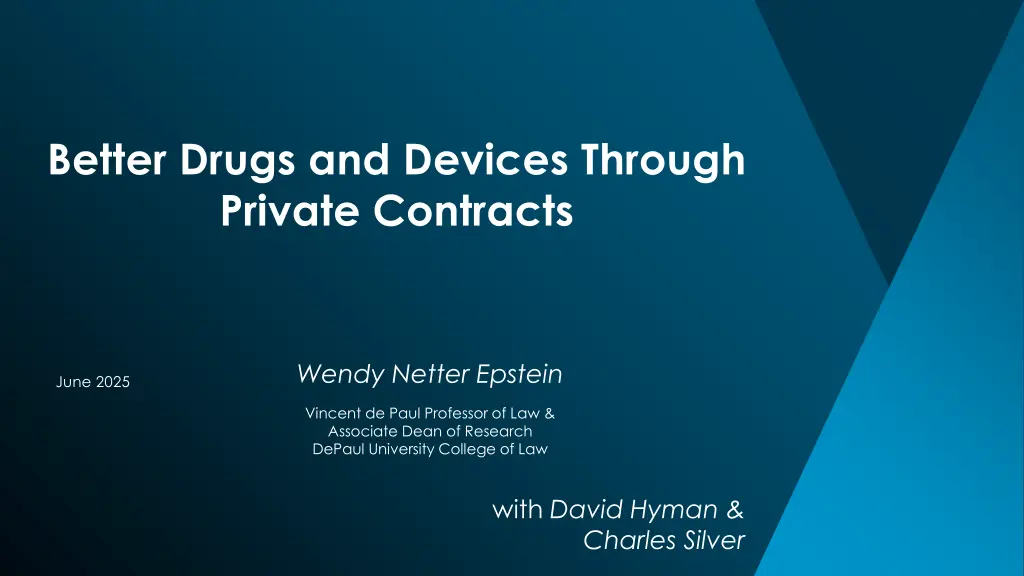
Enhancing Drug and Device Safety Through Post-Market Studies
Explore the critical issue of inadequate post-market studies for drugs and devices, leading to potential risks and inefficacies. Discover proposed solutions and evidence of existing problems, highlighting the necessity for improved regulatory oversight.
Download Presentation

Please find below an Image/Link to download the presentation.
The content on the website is provided AS IS for your information and personal use only. It may not be sold, licensed, or shared on other websites without obtaining consent from the author. If you encounter any issues during the download, it is possible that the publisher has removed the file from their server.
You are allowed to download the files provided on this website for personal or commercial use, subject to the condition that they are used lawfully. All files are the property of their respective owners.
The content on the website is provided AS IS for your information and personal use only. It may not be sold, licensed, or shared on other websites without obtaining consent from the author.
E N D
Presentation Transcript
Better Drugs and Devices Through Private Contracts Wendy Netter Epstein June 2025 Vincent de Paul Professor of Law & Associate Dean of Research DePaul University College of Law with David Hyman & Charles Silver
Thesis Post-market studies too frequently aren t happening Why it s a significant problem Failure of current systems Proposed solution 2
What is supposed to happen https://rarediseases.org/wp-content/uploads/2021/06/NRD-2182-Policy- Report_Accelerated-Approval_FNL.pdf * We assume, without deciding, that this is a reasonable trade off 3
Makena Approved in 2011 to reduce risk of complications from preterm birth PMR results announced in 2019 no evidence of improvement in outcomes Withdrawn from market in 2023 4
How do we know the extent of the problem?
Evidence of a problem? (drugs) FDA data: just 50% of the PMRs from 2016 had been completed by 2022 Dauner et al. (2020): 46% of post-marketing studies from 2013 2014 approvals were completed, while 30% were delayed or ongoing, and 24% had not even been started Mitra-Majumdar et al. (2022): 15 antibiotics approved between 2016 and 2019 were subject to 52 PMRs and PMCs. Only four (7.7%) had been completed by 2021. 6
Evidence of a problem? (devices) FDA, https://www.accessdata.fda.gov/scripts/cdrh/cfdocs/cfPMA/pss.cfm (last visited Jan. 28, 2025). 522 Postmarket Surveillance Studies Database, 7
Thesis Post-market studies too frequently aren t happening Why it s a significant problem Failure of current systems Proposed solution 8
How many unsafe/ineffective drugs and devices aren t we catching? Hard to know! Herrera-Perez et al.: study of devices identified nearly 40 ineffective still in use Frank et al.: If accelerated approval, more likely to later be withdrawn Liu et al.: 19/46 cancer drugs did not improve survival or quality of life in confirmatory trials after 5 years
What can happen? Physical harms Not trying something else Harms innovation Financial harms
Thesis Post-market studies too frequently aren t happening Why it s a significant problem Failure of current systems Proposed solution 11
FDA failures Has the tools to police but can t/won t Current systems/ law aren t working Tort law doesn t help Fear of negative results deters study and positive results not that helpful Manufacturer incentives Essentially none once drug is approved 12
Thesis Post-market studies too frequently aren t happening Why it s a significant problem Failures of current systems Proposed solution 13
Use insurers incentives not to pay for ineffective treatments Solution: Using Private Law to Accomplish Public Good Promise of contract law Insurers can do this Importance of coordinated model 14
Payors have an incentive to identify therapies that provide the highest value at the lowest cost. Better evidence could inform coverage choices that favor effective interventions while avoiding inferior treatments, thereby improving the health of the covered population. An approach that might cause payors to become more active participants in evidence generation could be requiring or incentivizing the conduct of postmarket trials through their coverage policies. Abbasi, Rivera, Curtis & Califf, Post-Approval Evidence Generation: A Shared Responsibility for Healthcare, Nature Medicine (Sept. 13, 2024). 15
Why we like the private law approach Protects patients Reduces unnecessary care (and the huge financial burden on our system) Sends important signals to providers Helps innovation Doesn t require new law or public expenditure 16
Challenges for our solution Insurers as bad actors? Do insurers have adequate incentive? Impediments to studies still exist? Patients will be unhappy? Negative impacts on innovation? 17
Comments/Questions Wendy Epstein wepstein@depaul.edu WendyEpstein.bsky.social

